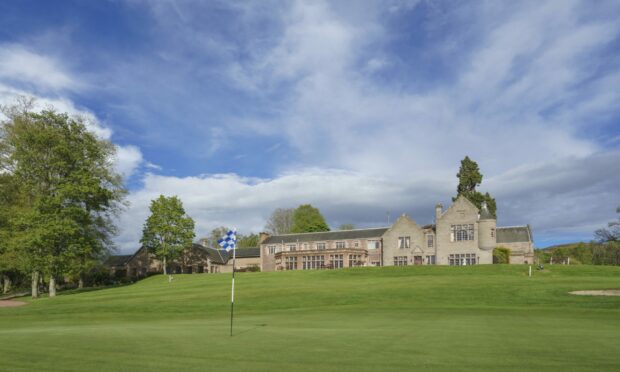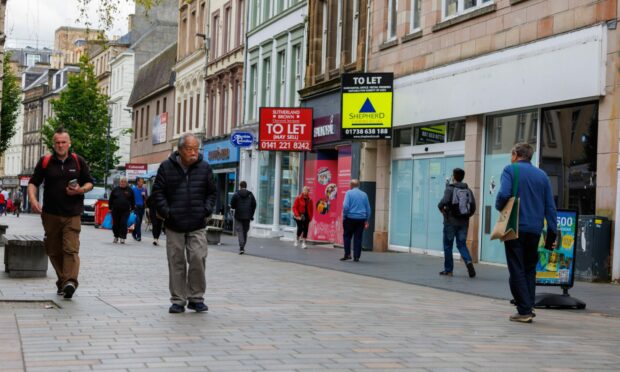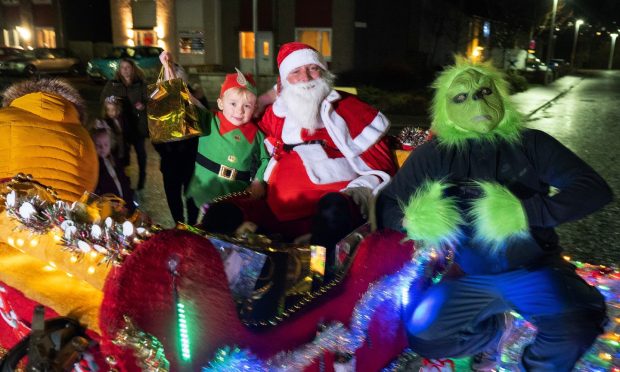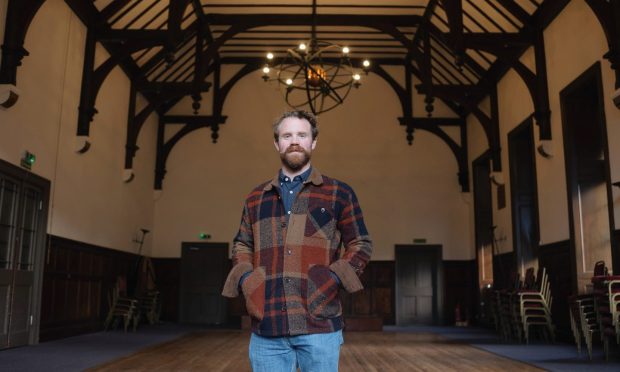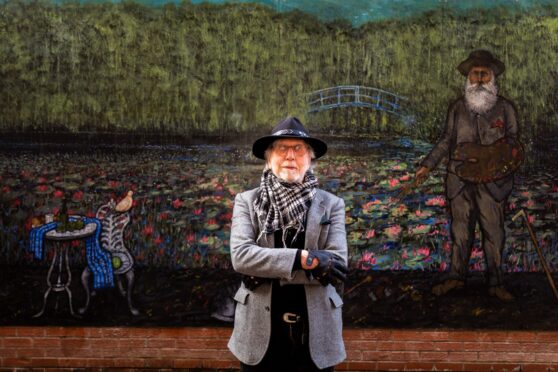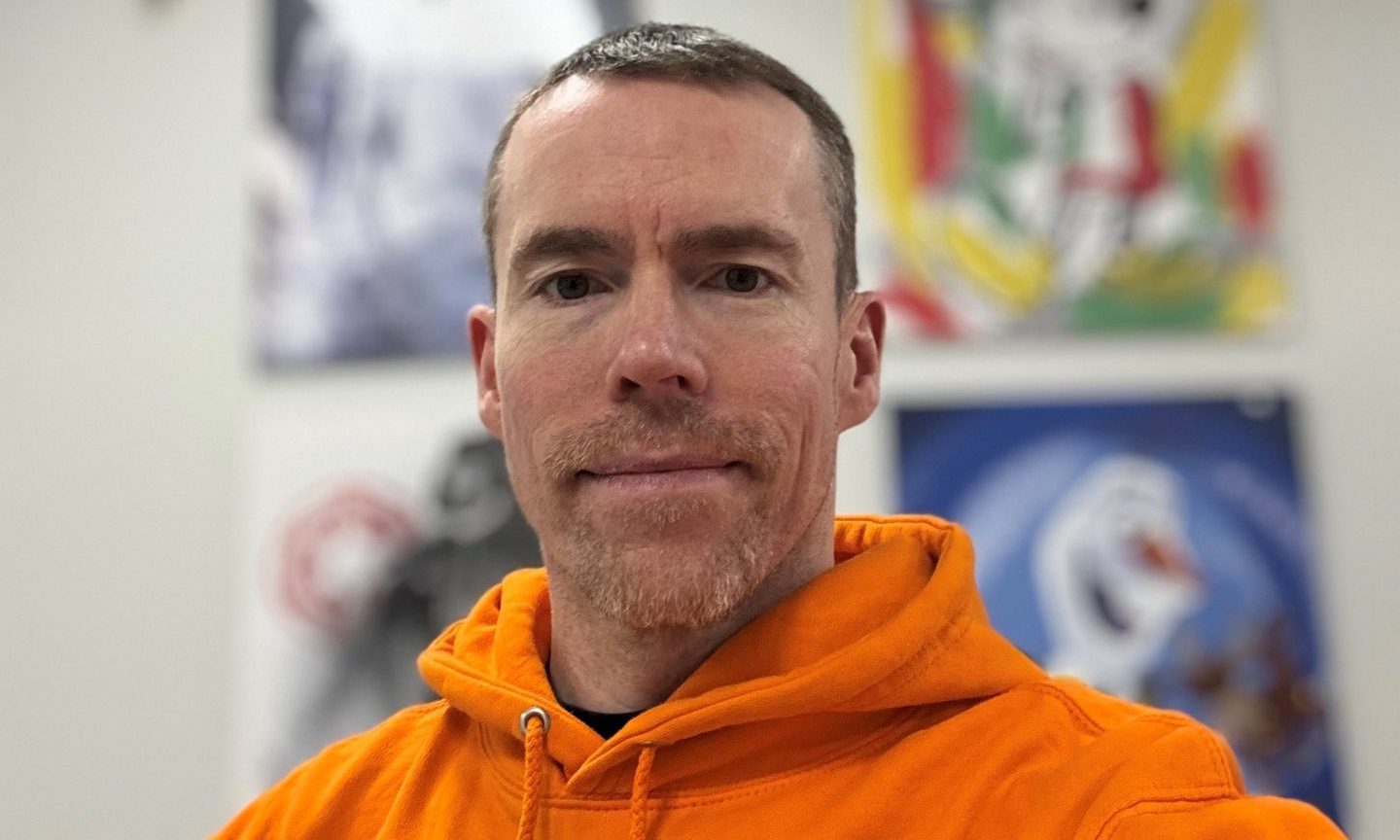The owners of an historic Perthshire hotel have unveiled details of a £10 million regeneration plan.
Murrayshill Country House, which boasts two 18-hole golf courses, sits at the centre of a sprawling 365-acre estate on the edge of Scone.
The 41-bedroom property dates back to the 17th century and was once owned by Francis Norrie-Miller, the then boss of insurance giants General Accident.
Now owners Hetherly Capital Partners, who took over in 2016, are drawing up plans for a major site transformation.
The masterplan includes swathes of new housing, a hotel extension with new spa and golf academy, and a series of holiday lodges.
Architects have announced their intentions with a pre-application notice to Perth and Kinross Council. A public consultation will get under way next month, when further details will be revealed.
Designs include three areas of housing, although the number of properties has yet to be confirmed.
In documents submitted to planners, a spokesman for agents Fergus Purdie Architects said proposals for the hotel and golf facilities would have a “significant economic impact in terms of employment and tourism”.
He said the “housing as ‘enabling development’ would be the most challenging” given that the site is not zoned for mainstream homes.
The masterplan was discussed at a meeting between owners, architects and planning chiefs in June last year.
“The consensus was the proposed future estate development strategy was an ambitious and welcomed proposal that deserved full consideration,” said the spokesman.
The proposal also includes an outdoor pursuits area – for example, laser clay pigeon shooting, bird of prey displays or off-road driving – and a solar power park.
No one from Hetherley Capital Partners was available to comment. The company’s Charles Scudamore spoke of a “brighter future” for the estate when he took over four years ago.
The original Murrayshall House, which has undergone several modernisations down the centuries, was built in 1664 by Sir Andrew Murray, son of the First Lord of Balvaird, and brother of David Murray, the Second Lord of Balvaird and Fourth Viscount of Stormont.
The direct descendants of the family are the earls of Mansfield. Sir Andrew’s granddaughter, Janet Murray, went on to marry Patrick Graham, the great uncle of Thomas Graham, who later became Lord Lynedoch.
The families occupied the house for more than 250 years.
It was bought by Francis Norie-Miller in 1927 when he was managing director of General Accident. In 1973 it was bought by local businessmen, including former St Johnstone director Lindsay Dow, and Murrayshall Golf Course was designed by Hamilton J Stutt, with the Lynedoch to follow, creating 36 holes among 350 acres of parkland, agricultural land and rolling hills.
